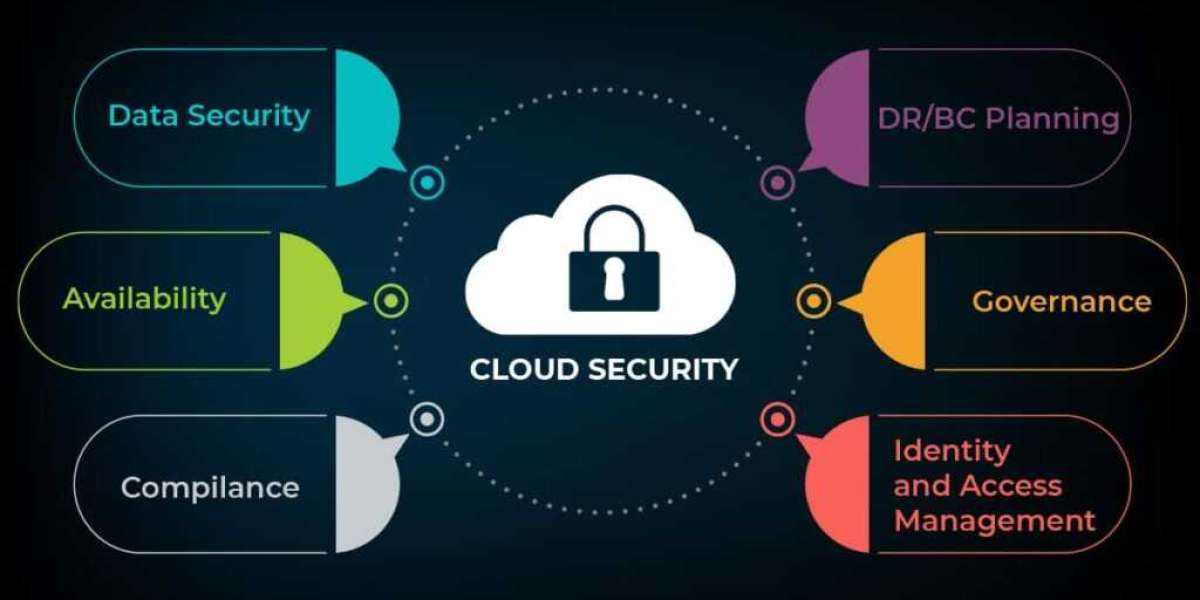Introduction
As schools increasingly adopt cloud-based systems for managing student data, administrative records, and classroom activities, ensuring data security has become a critical priority. While cloud computing offers scalability and accessibility, it also introduces unique challenges such as data breaches, insider threats, and compliance risks. This article explores the key challenges faced by schools, best practices for securing cloud-based systems, and the importance of cybersecurity awareness in educational institutions.
Key Data Security Challenges in School Systems
- Data Breaches and Loss
Schools store sensitive information like student records and staff details, making them prime targets for cyberattacks. A single breach can result in significant financial, emotional, and reputational damage. - Insider Threats
Human errors, such as accidental sharing or misuse of cloud services by staff or students, pose a significant risk to data security. - Third-Party Vendor Vulnerabilities
Many schools rely on third-party edtech vendors for cloud services. However, poor security measures on the vendor's side can expose schools to breaches. - Advanced Malware and Phishing Attacks
Cybercriminals use sophisticated phishing schemes to gain unauthorized access to school systems. Shared documents are particularly vulnerable to ransomware attacks. - Loss of Visibility
With students and staff accessing cloud tools from multiple devices and locations, IT teams often struggle to maintain oversight of user activities.
Get a Free Consultation Today!
? -------------------?? +91 8107871710
? sales@vigorousit.com
Best Practices for Data Security in Cloud-Based School Systems
- Choose a Reputable Cloud Service Provider (CSP)
Select CSPs with strong security protocols and compliance with standards like FERPA and COPPA. Providers like Google Workspace and Microsoft 365 Education offer robust encryption and backup measures. - Implement Strong Access Controls
Use role-based access control (RBAC) to ensure that only authorized personnel can access sensitive data. Regularly review permissions to prevent unauthorized access. - Enable Multi-Factor Authentication (MFA)
MFA adds an extra layer of security by requiring users to verify their identity through multiple methods before accessing accounts. - Encrypt Sensitive Data
Ensure that all sensitive data is encrypted both in transit and at rest to prevent unauthorized access during transmission or storage. - Monitor User Activity
Use cloud monitoring tools to track how students, educators, and staff interact with cloud services. This helps identify suspicious activities or unauthorized app installations. - Regularly Update Software
Keep all applications and systems updated with the latest security patches to protect against vulnerabilities exploited by hackers. - Backup Data Securely
Maintain secure backups of critical data to ensure recovery in case of a ransomware attack or system failure.
Read Also: School ERP Software Development
Cybersecurity Training Awareness for Schools
- Educate Staff and Students
Conduct regular cybersecurity training sessions to teach staff and students about recognizing phishing emails, avoiding unsafe downloads, and following secure online practices. - Promote Safe Usage Policies
Establish clear guidelines for using school devices and accessing cloud platforms responsibly. Encourage reporting of suspicious activities or potential breaches immediately. - Conduct Simulated Cyberattack Drills
Test the preparedness of your school’s IT team by simulating phishing attacks or malware intrusions to identify vulnerabilities in your defenses.
Conclusion
As schools continue to embrace cloud-based systems for their operational needs, securing sensitive data must remain a top priority. By addressing key challenges such as insider threats, third-party vulnerabilities, and advanced cyberattacks, educational institutions can create a safer digital environment for students and staff. Implementing best practices like strong access controls, encryption, regular software updates, and cybersecurity training ensures that schools can leverage the benefits of cloud computing without compromising data security.
By adopting these strategies proactively, schools can protect their systems from evolving cyber threats while fostering trust among parents, students, and educators in today’s digital age.
Read Also: List Of Top School ERP Software In India For 2025


